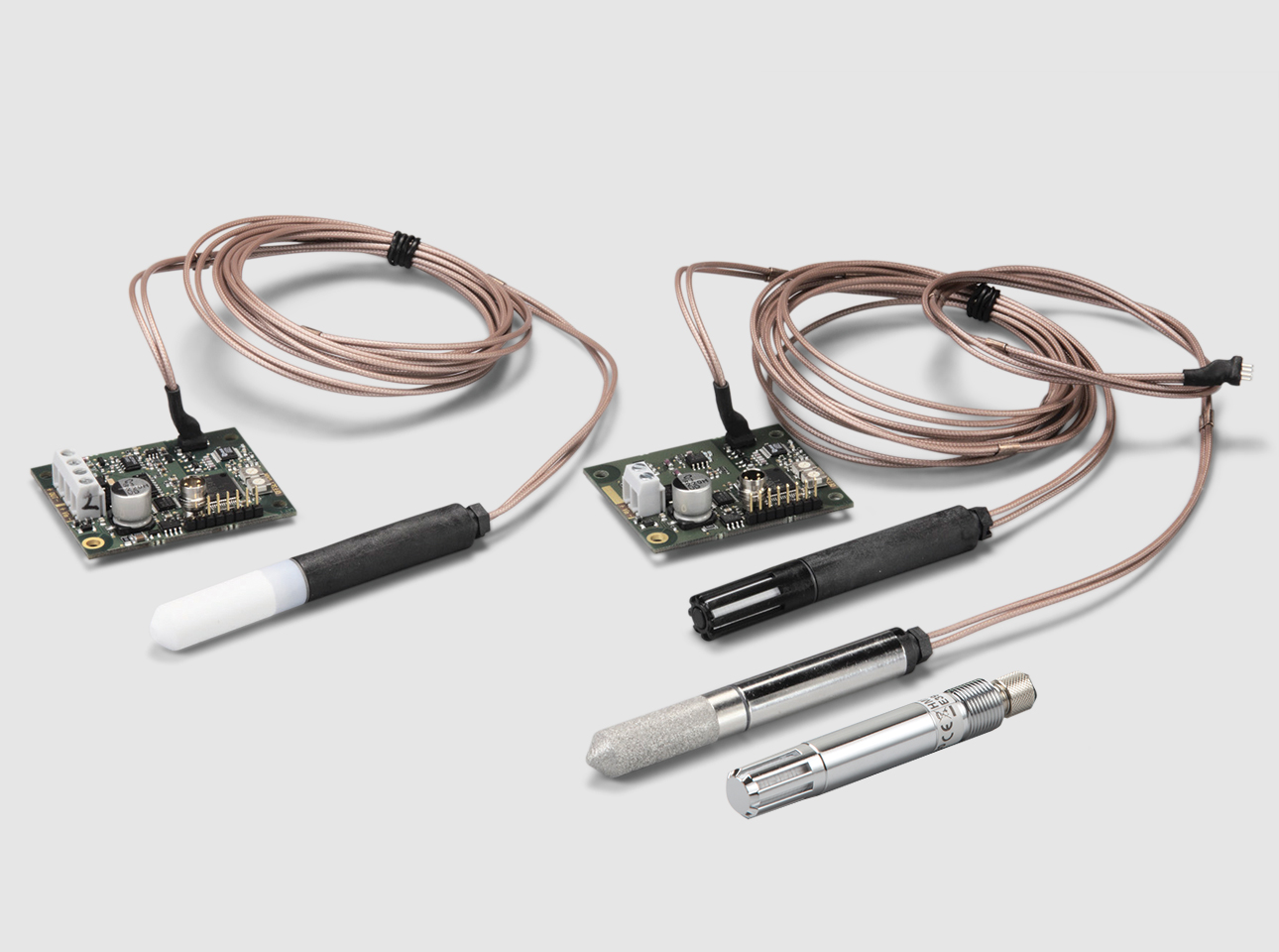The (current best working) solution for chemical contamination of humidity sensors
In our last technology post, we covered the subject of sensor pre-warming and how this unique feature can be used to expedite humidity measurements in challenging environments. True, these applications don’t come along every day, but we did get a comment on that post from a happy user. Thanks to all who comment; we like it when our readers have something to say or want to start a discussion.
There is another useful thermal feature that is present on our some of our Humicap RH sensors and all of our Drycap dewpoint sensors. We call this feature “chemical purge.” This feature is useful when the sensor is routinely exposed to gases that may enter the polymer and change the sensor’s electrical properties. This manifests itself to the user as sensor drift. Chemical purge restores proper sensor performance by rapidly heating the humidity sensor, driving off any gas molecules that occupy the sensor’s polymer. Chemical purge can be initiated manually, or it can be set to run automatically at user defined intervals.
For the purpose of this blog, we will give an overview of this technology, but if you are interested in the "nuts and bolts" of chemical purge, here is a very scientific paper that was presented at the 5th International Symposium on Humidity and Moisture in 2006: "Chemical Interference Test Results of a Novel Humidity Sensor" (link below).
A Bit of Background:
Prior to the innovation of chemical purge, we would occasionally get calls from customers reporting sensor drift. They shared the data to prove it. The permanently installed sensors were spot checked with hand-held devices that clearly showed the discrepancy. We asked for the instruments to evaluate them, and when calibrated in our laboratory, the sensors were in tolerance. We scratched our heads. It turned out that the sensors were, in fact, drifting when exposed to certain gaseous chemicals, but these would slowly outgas during the shipment back to our laboratory. The hand-held reference devices did not drift because they were never in the “contaminated” environment for very long.
This graph shows the effect:
What exactly is a contaminated environment?
This question is hard to answer. Not long ago we had an instance of sensor drift in a fully loaded stability room. One product in the stability study gave off a distinctive aroma (we’re not sure how packaged products can “leak” an aroma.) This appeared to be the cause, because when that product left the room the sensor returned to normal performance.
All of this talk about sensor drift might make you think that our Humicap relative humidity sensors are prone to drift. Not so. We just need to talk honestly about our instruments... it's deeply embedded in the cultural legacy of the company. In fact, you will find that polymer capacitive sensors from other manufacturers will also drift in certain environments. They don’t all share the same sensitivity to the same chemicals, but no sensor is immune.
For further information, below is a good application note about chemical purge. It's not quite as scientific as the paper linked above, but it's a nice explanation of how this technology works.
Our next blog post will cover one more sensor thermal feature that is unique. It’s required only rarely, but it’s pretty cool.





Add new comment